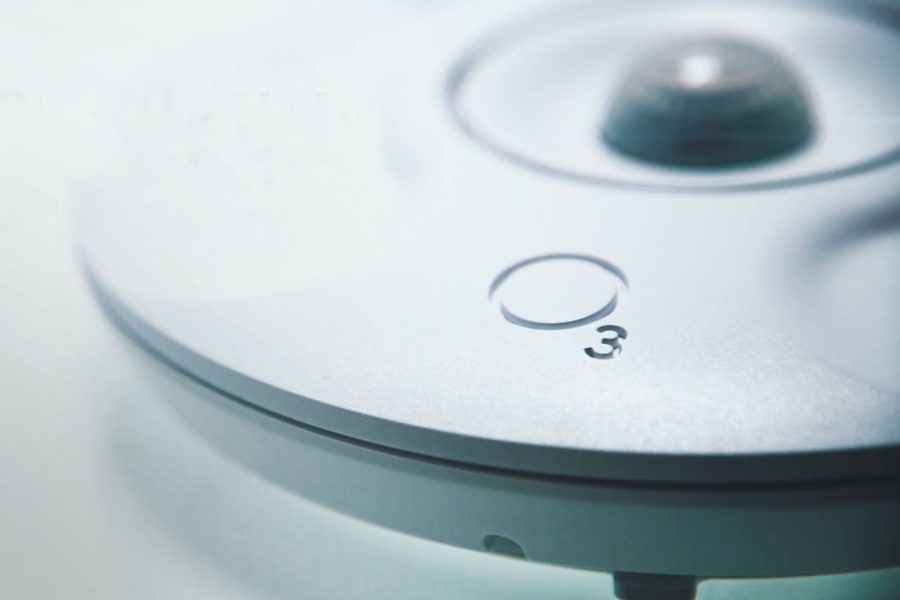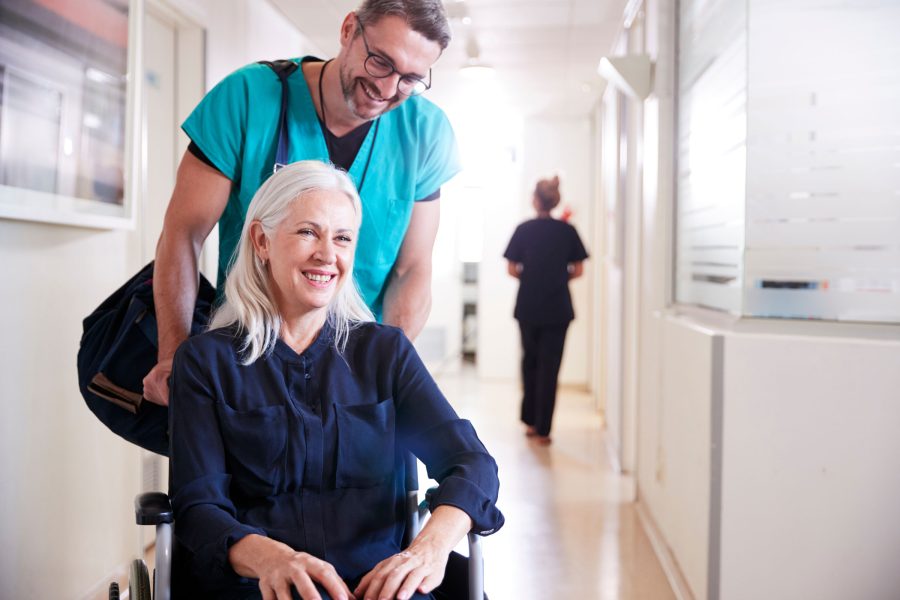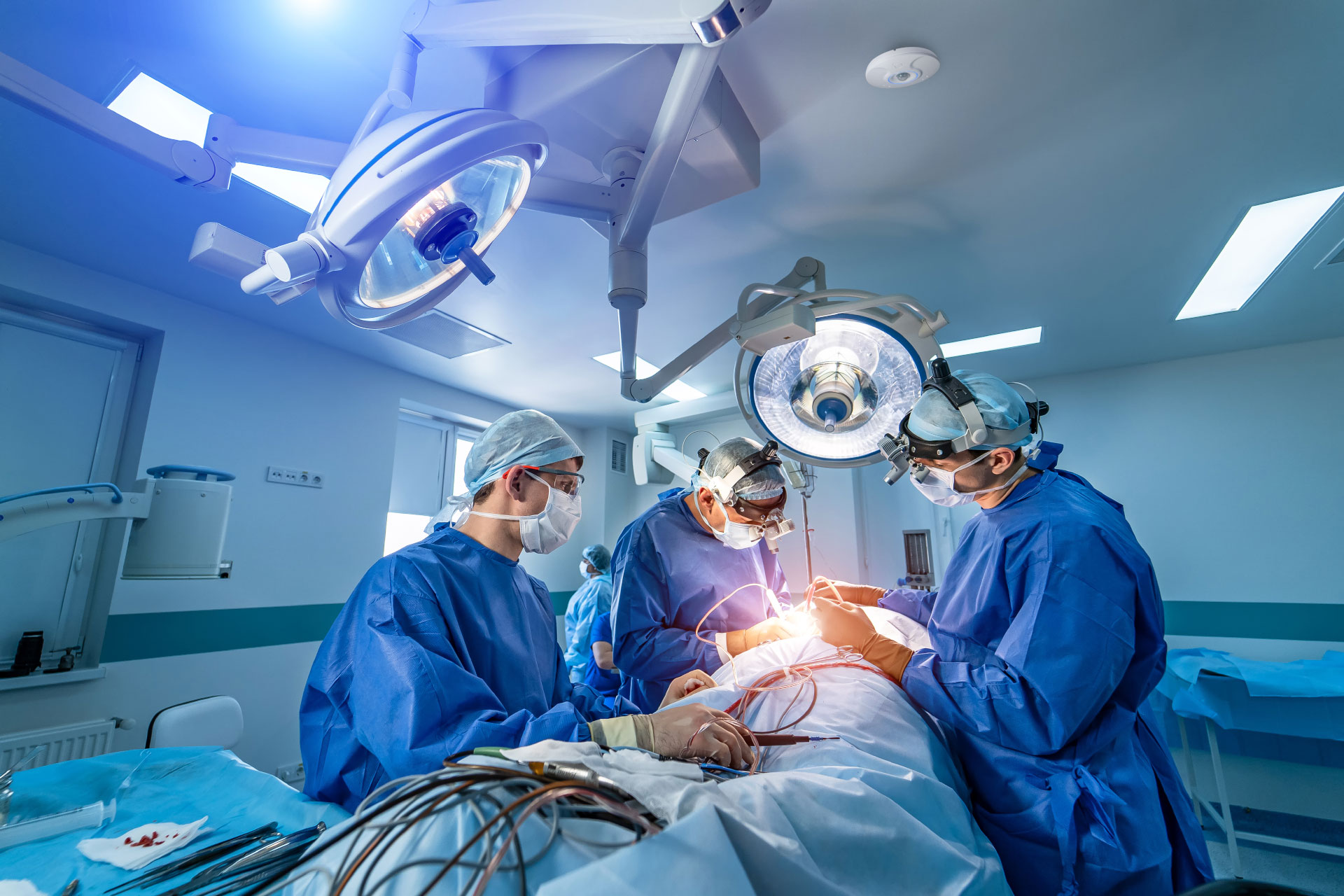Story at a glance:
- Better controls on temperature and air handling translates into sustainable energy efficiency in health care environments and beyond.
- A hospital study in Boise found that surgical success, patient safety, and worker comfort can be achieved with Delta Controls’ O3 Sensors.
Visit most hospitals and you are immediately struck by the hive of activity. Health care providers, visitors, patients, staff, paramedics, and sometimes law enforcement all move about with no small degree of urgency and speed. It’s almost as if the hospital itself is a complex organism—hallways and elevators are arteries, the operating and emergency rooms are pulsing organs, and the healing of illness and injury happens on patient floors and in patient rooms.
Building automation systems might be considered the nervous system of this hospital-organism. The controls on these systems support mechanical equipment like lighting, temperature controls, air handlers, and security—increasingly so in newer and newly retrofit health care facilities. More to the point, the efficiency and optimization of those systems is better than ever, making the hospital organism healthier, much to the satisfaction of patients, workers, and even finance officers.
Yes, finance officers. Optimal temperatures and lighting—which affect patient satisfaction scores—can affect a hospital’s bottom line, says Robert Hemmerdinger, chief sales and marketing officer for Delta Controls. The company manufactures advanced building automation systems, and those systems can make health care environments more comfortable and efficient.
One consequence of those comforts and efficiencies is better reimbursement from Medicare and Medicaid. The Centers for Medicare & Medicaid Services ties a portion of hospital reimbursement to patient satisfaction scores, in particular the Hospital Consumer Assessment of Healthcare Providers and Systems.
Delta Controls makes the O3 Sensor Hub, which monitors and adjusts for multiple factors that affect patient comfort. “The number one complaint from patients in hospitals is noise,” Hemmerdinger says. “And we know that the body heals best when the patient is asleep. Our sensor hub measures noise. This helps health care providers see a direct correlation between the tool we provide to patient satisfaction and income.”
Sensors & Outcomes

Photo courtesy of Delta Controls
But what happens in the operating rooms matters just as much as post-op patient care (and arguably more). The controls on air flow, air temperature, and humidity affect not only the comfort of surgeons and others performing the operation, but the outcome of the procedure as well.
There are several factors at work here. Among them are operation rooms’ temperature and humidity, within specific ranges, which are critical for preventing surgical site infections. Those ranges are 68 to 75ºF for temperature and 20 to 60% RH for humidity. Traditional wall-based sensors provide inaccurate and incomplete data and controls because of air flow stratification (temperatures vary from the floor to the ceiling), and the wall placement might be too distant from the operating table to get an accurate reading. Additionally, traditional controls often force higher air temperatures that foster uncomfortable working conditions for the doctors and nurses.
Delta Controls’ O3 Sensor Hub corrects for those shortcomings. It’s mounted to the ceiling (strategically placed over the operating space) and employs infrared, machine learning, thermistors, and air temperature sensor technologies to read the room, so to speak. It further employs wireless connectivity (Bluetooth low energy, EnOcean Wireless), cloud and IoT integration to deliver comprehensive, accurate, and flexible environmental monitoring and control.
A comprehensive test of this technology was carried out in St. Luke’s Hospital in Boise. Over four months, ceiling-mounted O3 sensors were compared to traditional wall and return sensors, each monitoring temperature, humidity, and pressure (a positive pressure differential is essential to prevent contamination).
The O3 Sensor provided more accurate temperature readings at the surgical site as compared to wall-mounted sensors and consequently less fluctuation in temperature and humidity. Positive air pressure differentials were maintained, ensuring a contamination-free environment. The O3 sensors also enhanced surgeon comfort, reduced the likelihood of surgical site infections (with better temperature and humidity controls), code compliance was achieved without manual adjustments, and there was reduced wear and tear on mechanical equipment (a cost containment benefit). Plus it promoted energy efficiencies.
“Energy efficiency in health care is now table stakes,” Hemmerdinger says. “The Delta Controls’ O3 sensors help answer the broader ESG objectives of our customers. We can now know where and how energy is being used. This data feeds into the much bigger health care conversation on sustainability.”
The test was deemed a complete success. The St. Luke’s Hospital operating rooms set a benchmark for precise environmental monitoring and control in operating rooms, which other hospital systems can learn from.
Patient-Centric Control

Photo courtesy of Delta Controls, Adobe Stock
The O3 sensors can also integrate to RTS systems to track hospital equipment, nursing supplies, pharmaceuticals, and even newborn infants using radio frequency identification (RFID) tags in a real-time location system. “Any equipment in a hospital is subject to theft,” Hemmerdinger says. “Even hospital beds.”
Back to recovery in patient rooms, noise is just the beginning of what Delta Controls’ O3 Sensor Hub measures. Placed on the ceiling in the center of a room, it also detects motion, sound, light, occupancy, and temperature, all with commendable accuracy. The data gathered is then supplied to the building automation system where decisions on comfort and economy can be made.
The aforementioned health-promoting nature of sleep, specifically that of the patient responding to circadian rhythms, means light control (i.e., darkness to promote sleep) is especially important. At the same time, if a patient gets up in the night, in darkness, the propensity for falling is increased. The Delta Controls’ sensors, using infrared technology, know when the patient is trying to sleep (dim the lights) and when they get up in the night (under-bed low-level lighting turns on to minimize trip-and-fall accidents).
An app called Seymour Connect also gives patients control of their environments from their phones, as they can manage temperature, light levels (including window blinds), and room fans. “This makes for a safer environment for the patient—and a more satisfying experience as well,” Hemmerdinger says. And that’s key, as preferences vary. Older patients tend to want a warmer room—when being treated as well as in recovery—while younger people often like it cooler.
But the ultimate compliment may be when the patient doesn’t even notice it, Hemmerdinger says. The individual—as much as the hospital “organism”—just wants to get on with being healthy.

